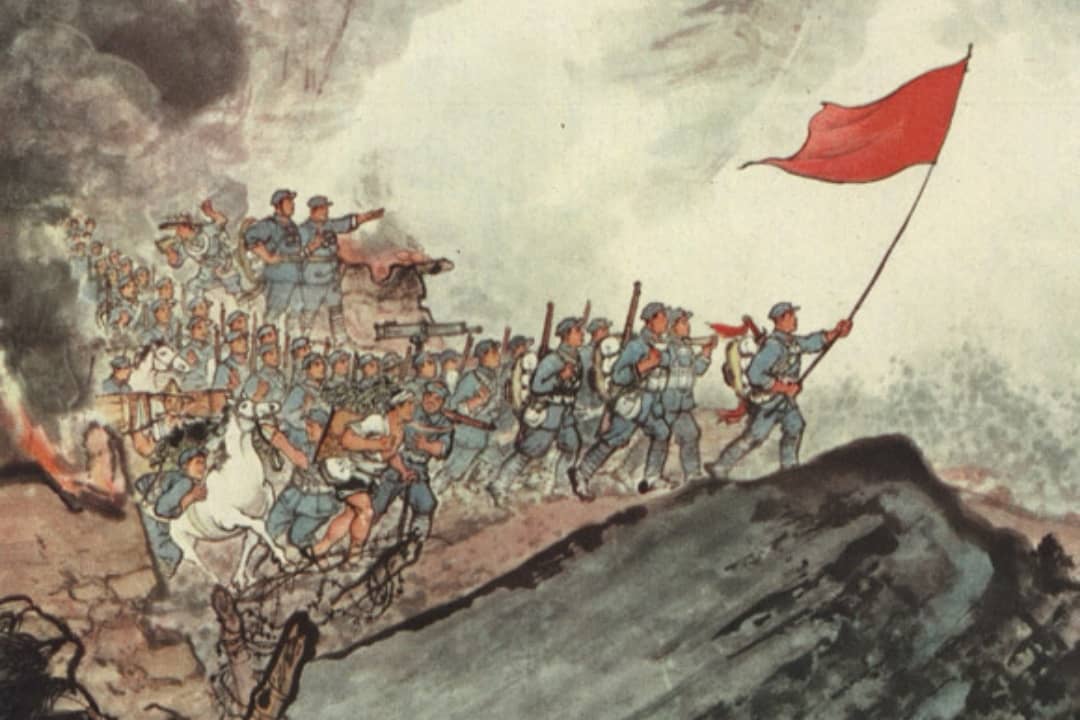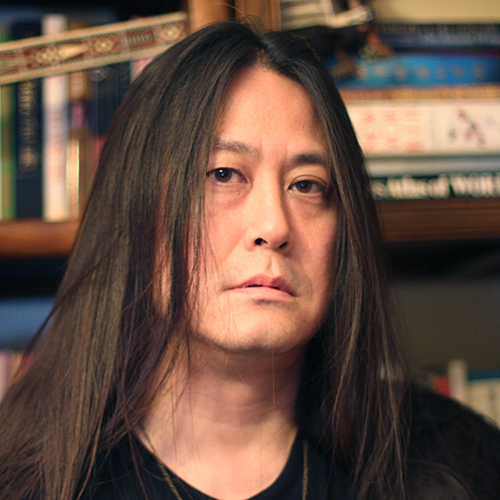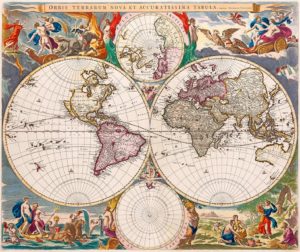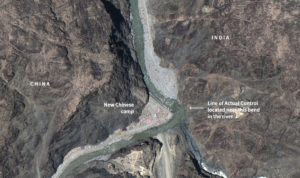Kuora: All the times the Chinese Communist Party nearly died

Surviving CCP members regrouped eventually in Jiangxi Province (inland from the coast, in the center-south) and actually set about creating a state there, which they called the Jiangxi Soviet. But they didn’t have long to rest. Chiang Kai-shek launched a series of campaigns against them, and the fighting was near-constant. After several unsuccessful efforts, acting on the military advice of some German advisors he had retained, he started a slow encirclement using fortified blockhouses to try and strangle the Communists in Jiangxi. This was ultimately quite successful, insofar as the Communists recognized that their position was entirely untenable. They launched a desperate breakout effort and began the epic trek that history knows as the Long March. The experience of the encirclement campaign, the breakout, and the Long March together constituted a second near-death experience.
Eventually, badly diminished in number and having endured unimaginable hardship — crossing and re-crossing mountains, rivers, and hostile tribal territory, harried almost the whole of the way by Kuomintang troops — the Communists ended up in northern Shaanxi Province and created a new base area around Yan’an. Here, they again very nearly perished and were really saved by the fact that some of Chiang’s militarist allies — notably, Zhang Xueliang 张学良, the son of a once-prominent Northeastern warlord named Zhang Zuolin 张作霖 — were insistent that Chiang turn his attention away from the Communists and instead work with them to fight off the Japanese threat. In 1931, the Japanese had staged a false flag incident known as the Mukden Incident (or Shenyang Incident), and used this as an excuse to seize control of China’s three northeastern provinces (Heilongjiang, Jilin, and Liaoning). By the mid-1930s the Japanese militarists’ designs on “China Proper” were clear to see. Zhang Xueliang took the extraordinary step of kidnapping Chiang at an historic imperial spa near the city of Xi’an in 1936, holding him for two weeks to push him to accept a truce — a second “united front” — and to resist Japan. If not for that, it would have been difficult indeed for the Communists to survive in Yan’an. They were undersupplied and too few in number to have mounted serious resistance. This also really burnished the CCP’s image, and many young patriotic Chinese from around the country flocked to Yan’an to throw in their lot with the Party.
The Civil War that followed not long after the Japanese surrender in August 1945 was arguably touch-and-go for the CCP as well, and depended very much on the dispositions of external powers, most notably Stalin’s Soviet Union and the U.S. It’s too much to go into here, but it was by no means a foregone conclusion that the CCP would emerge victorious in that fight.
Believe it or not, the Cultural Revolution also nearly brought on the collapse of the Party. People don’t remember it this way, necessarily; they conjure up images of throngs of identically-dressed Red Guards in Tiananmen all holding aloft Mao’s Little Red Book and imagine that this was the Party in absolute ascendancy. It was Mao who was in the ascendant — not the Party. Mao Zedong had turned the forces of his zealous young revolutionaries against the Party itself, and against any manifestation of its institutional authority, whether in the bureaucracy, in industry, in educational institutes, in hospitals, or even in the villages. It was actually a grim time for the Party — not its day in the sun.
Finally, there was of course 1989. It’s hard to say just how close the Party might have come to “collapse” in May and June of 1989. But it’s clear that there were deep schisms within the Party leadership about how to respond to the student-led protests of that year. And individual decisions made by individual unit commanders in the 38th and 27th Armies appear, sent in to quell the “turmoil” eventually, appear to have made the difference between the “successful” quashing of the student and, by mid-May, also working-class demonstrators, on the one hand; and what just might have been civil war.
The unlikely confluence of events that led to the 1989 Tiananmen Square protests
Kuora is a weekly column.






